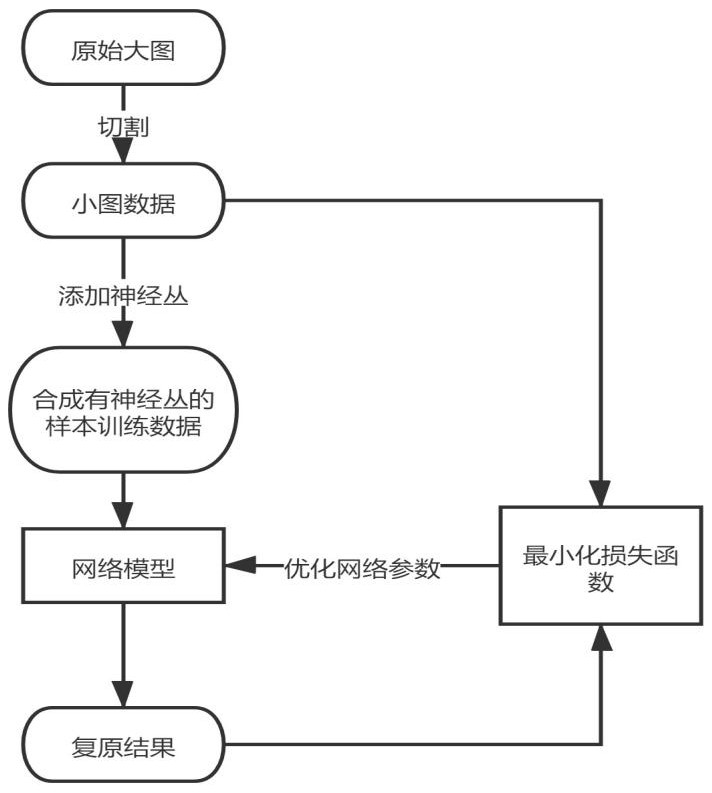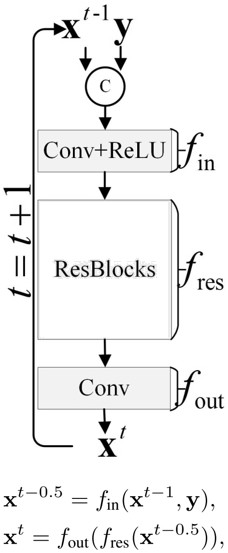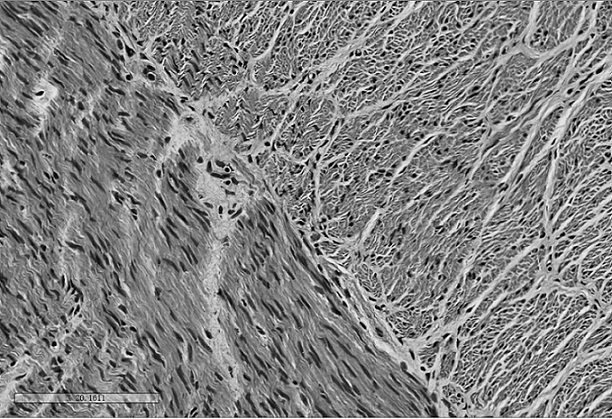Intestinal nerve plexus auxiliary identification method based on improved progressive residual network
A recognition method and progressive technology, applied in the field of image recognition, can solve problems such as insufficient data volume, achieve rapid recognition, improve recognition efficiency and accuracy
- Summary
- Abstract
- Description
- Claims
- Application Information
AI Technical Summary
Problems solved by technology
Method used
Image
Examples
Embodiment Construction
[0027] Below in conjunction with accompanying drawing, technical scheme of the present invention is described in further detail:
[0028] This invention may be embodied in many different forms and should not be construed as limited to the embodiments set forth herein. Rather, these embodiments are provided so that this disclosure will be thorough and complete, and will fully convey the scope of the invention to those skilled in the art.
[0029] Such as figure 1 As shown, it is a schematic diagram of the overall flow of the enteric plexus-assisted identification method based on the improved progressive residual network proposed by the present invention. The method specifically includes the following steps:
[0030] Step 1, collect data and perform preprocessing to obtain a training data set;
[0031] Wherein, the collected data is the image data of intestinal tissue slices stained with hematoxylin-eosin.
[0032] Furthermore, since the larger the amount of original data, th...
PUM
 Login to View More
Login to View More Abstract
Description
Claims
Application Information
 Login to View More
Login to View More - R&D Engineer
- R&D Manager
- IP Professional
- Industry Leading Data Capabilities
- Powerful AI technology
- Patent DNA Extraction
Browse by: Latest US Patents, China's latest patents, Technical Efficacy Thesaurus, Application Domain, Technology Topic, Popular Technical Reports.
© 2024 PatSnap. All rights reserved.Legal|Privacy policy|Modern Slavery Act Transparency Statement|Sitemap|About US| Contact US: help@patsnap.com










